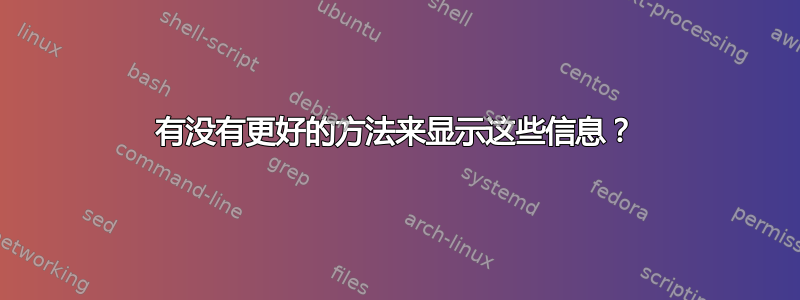

我用 tikz 画了这幅图。有没有一种更美观、更直观的方式来显示这些信息?我觉得我画的很枯燥乏味。我还得在这幅图中加入更多的文字。下面,我给出了完成此操作的 tex 代码(修改了其中一个 tikz 示例)。
\documentclass[]{standalone}
\usepackage[english]{babel}
\usepackage[utf8]{inputenc}
\usepackage{tikz}
\usetikzlibrary{arrows,decorations.pathmorphing,backgrounds,fit,positioning,shapes.symbols,chains,calc}
\usetikzlibrary{paths.ortho}
\begin{document}
\begin{tikzpicture}
[node distance = 1cm, auto,font=\footnotesize,
% STYLES
every node/.style={node distance=3cm},
% The comment style is used to describe the characteristics of each force
comment/.style={rectangle, inner sep= 3pt, text width=3cm, node distance=0.25cm, font=\scriptsize\sffamily},
% The force style is used to draw the forces' name
force/.style={rectangle, draw, fill=black!10, inner sep=2pt, text width=2.5cm, text badly centered, minimum height=.7cm, font=\bfseries\footnotesize\sffamily}]
\node [force] (HQCQP) {Problem to solve};
\path (HQCQP.north)+(2cm,1cm) node [force] (JNRBased) {Proposed Method};
\path (HQCQP.south)+(2cm,-1cm) node [force] (SDR) {Existing Method};
\path (JNRBased)+(4cm,1cm) node[force](LMI){First Variation};
\path (JNRBased)+(4cm,-1cm) node[force](RelaxedJNR){Second Variation};
\path (HQCQP.west)+(12cm,0cm) node[force](solution){Solution};
\node [force, text width=2.5cm, dashed, above=.05cm of solution] (upbnd) {Upper Bound};
\node [force, text width=2.5cm, dashed, below=.05cm of solution] (lowbnd) {Lower Bound};
\draw [ -latex] (HQCQP.north) |- (JNRBased.west);
\draw [ -latex] (HQCQP.south) |- (SDR.west);
\draw [ -latex] (SDR.east) -|- (lowbnd.west);
\draw [ -latex] (RelaxedJNR.east) -|- (lowbnd.west);
\draw [ -latex] (LMI.east) -| (upbnd.north);
\draw [ -latex] (JNRBased.east) -|- (LMI.west);
\draw [ -latex] (JNRBased.east) -|- (RelaxedJNR.west);
\path (LMI.north)+(3.5cm,.2cm) node [comment] (comment-LMI) {Gives exact solution \\ in cases 1 and 2 and upperbound for other cases.};
\end{tikzpicture}
\end{document}


